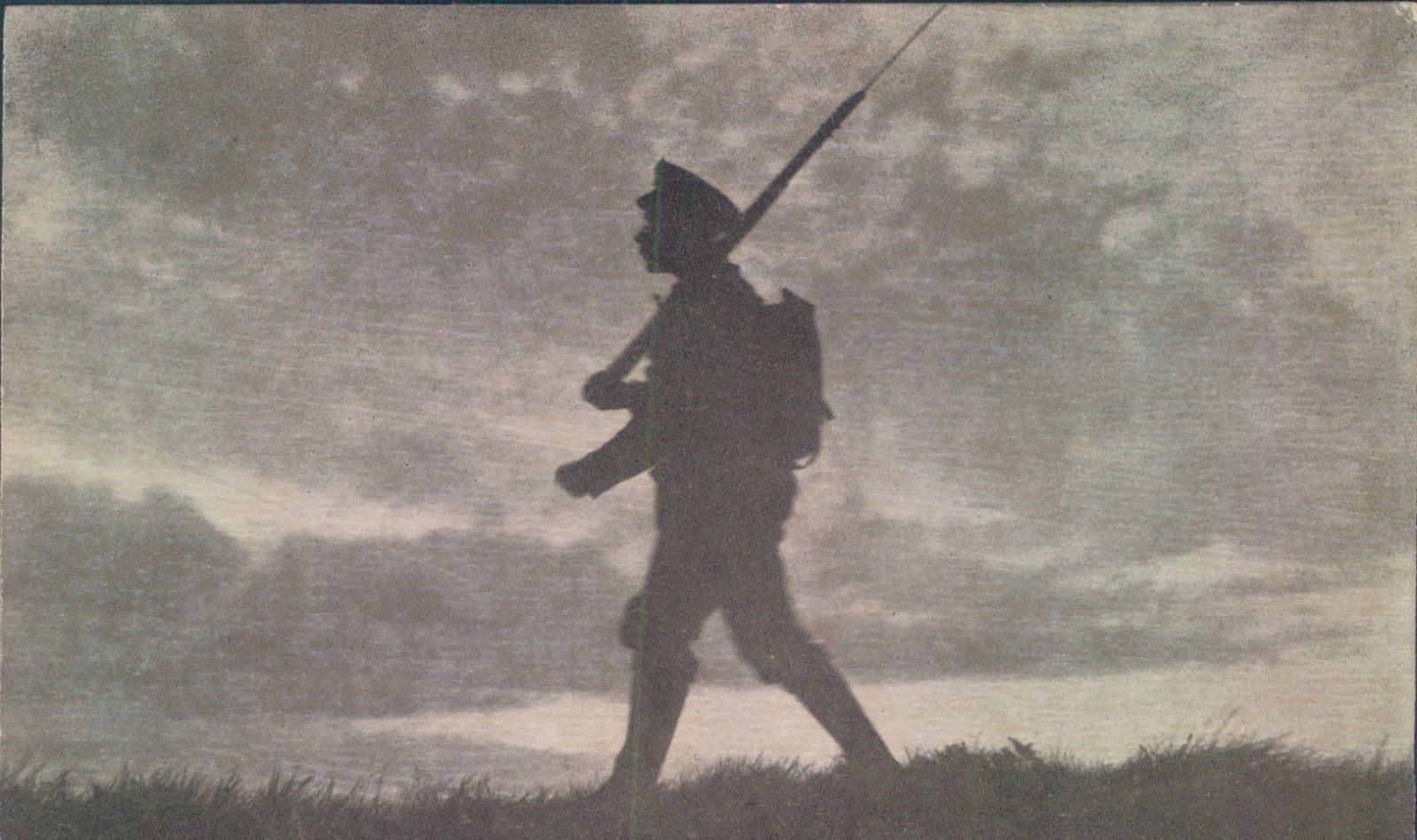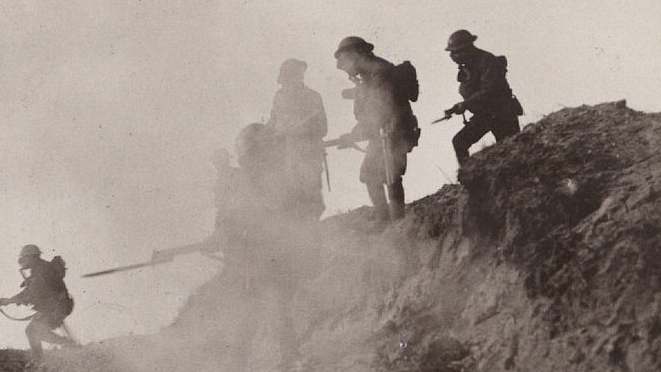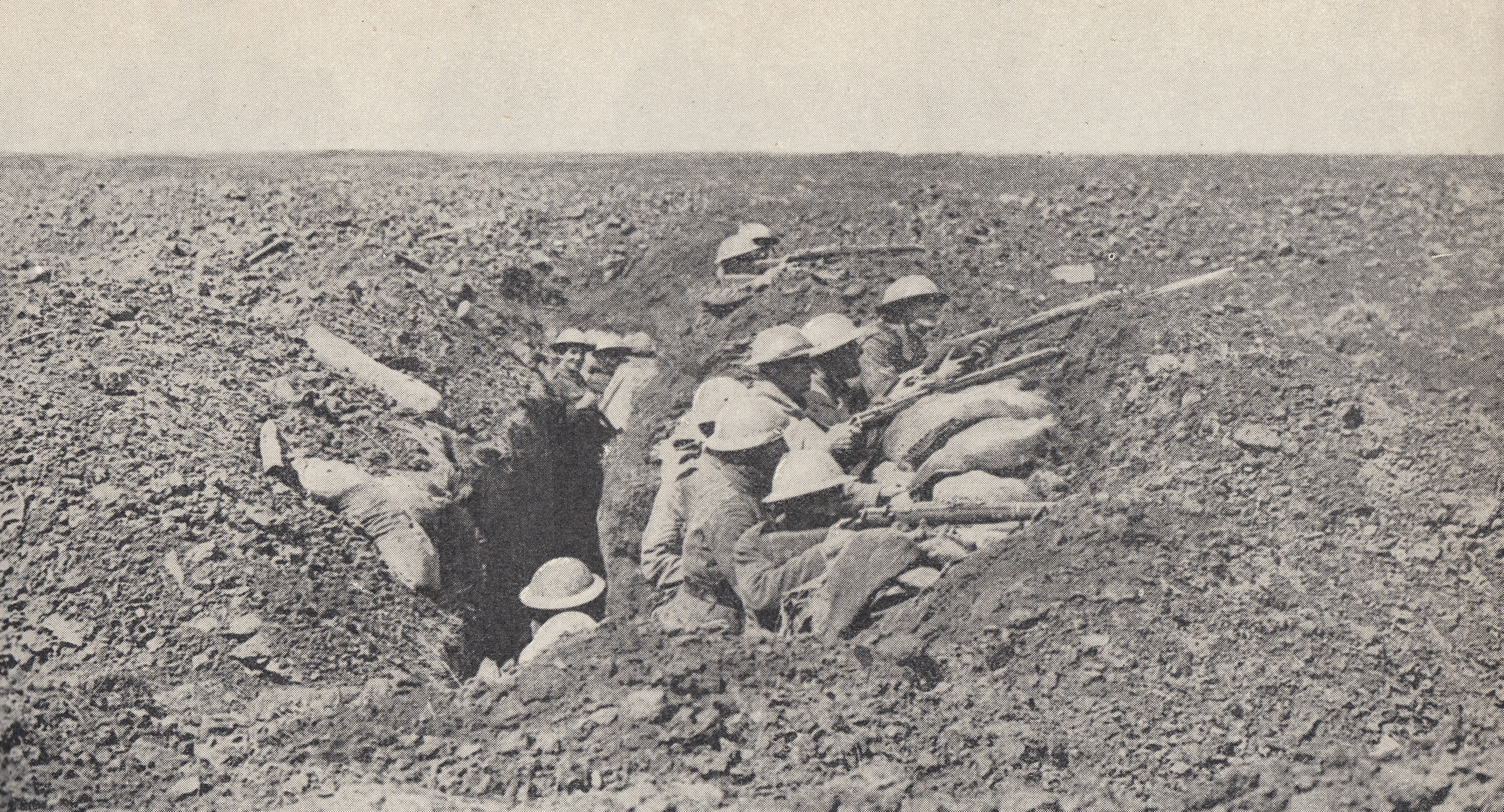Heroes on the Western Front
The Great War was a worldwide conflict, but the spotlight invariably fell on the Western Front where over 440 miles of trenches and strongly defended positions from the English Channel to the Swiss border separated the Allies from German forces.
The Western Front became a killing zone and the majority of United’s players who lost their lives fell on the fields of Flanders or the Somme.
When Lord Kitchener made his famous plea for a 'New Army' during the autumn of 1914, Pals units were created including what were heralded as Footballers' Battalions, first in Scotland and then England.
Newcastle United saw seven players in their ranks.
Locally, also to be raised were the Newcastle Commercials and Tyneside Scottish and Irish - all Northumberland Fusiliers battalions.
Three United men were quick to join up with the Commercials - reserves Dan Dunglinson, Stan Hardy and hugely-popular outside-left, Tommy Goodwill.
Others were with the Scots and Irish.
A soldier is pictured in Flanders, Belgium
Following extensive training, the country’s New Army battalions were ready for the Battle of the Somme.
The valleys and fields around the rivers Somme and Ancre in France were to see over 400,000 British soldiers perish during the summer and autumn of 1916, including 10 players connected to Newcastle United.
On the first day of the battle, 1st July, Dunglinson and Goodwill went over the top and were killed within minutes as German positions opened fire.
Other United players suffered the same fate, including first-teamers from previous years James Stevenson, England amateur goalkeeper Tom Rowlandson and young forward Tom Hughes, as well as Guardsmen Charles Randall and Jack Findlay.
An attack at Thiepval in the Somme, Northern France
Several reserve players like Dunglinson were also killed; George Rivers and veteran footballer from Victorian times Joe Forster.
Donald Bell, an amateur full-back with the Magpies in 1911 and 1912, was another.
He won the country’s highest honour, the Victoria Cross, attacking a German post only to be killed days later in a similar feat of bravery.
He is the only English professional footballer to be awarded the VC.
Battles continued for another two-and-a-half years, especially around the towns of Ypres in Belgium and Arras in France.
Newcastle United’s casualties mounted, with Dick Harker, Tom Suart, Richard McGough and Tom Cairns lost as the two huge armies clashed.
A trench at Martinpuich, south of Arras, France
Owen McManus and Cliff Winter were two more to find a final resting place on the Western Front, sadly just before the Armistice came into effect.
Like the war-ravaged woods of the Somme, the mud pools of Passchendaele are an everlasting image of the Great War.
Reserve footballers at St. James’ Park at the beginning of the century, Jack Froud and William Witherington, were both killed during the Third Battle of Ypres.
At one time or another in the years leading up to the conflict, they were all Newcastle United players.
Many never quite made it on the football pitch and are somewhat forgotten in history.
But like 'Donny' Bell, they should be remembered.
Several others fought on the Western Front too and survived, including with the artillery regiments, such as the renowned Colin Veitch and United captain when war began, Jimmy Hay.




